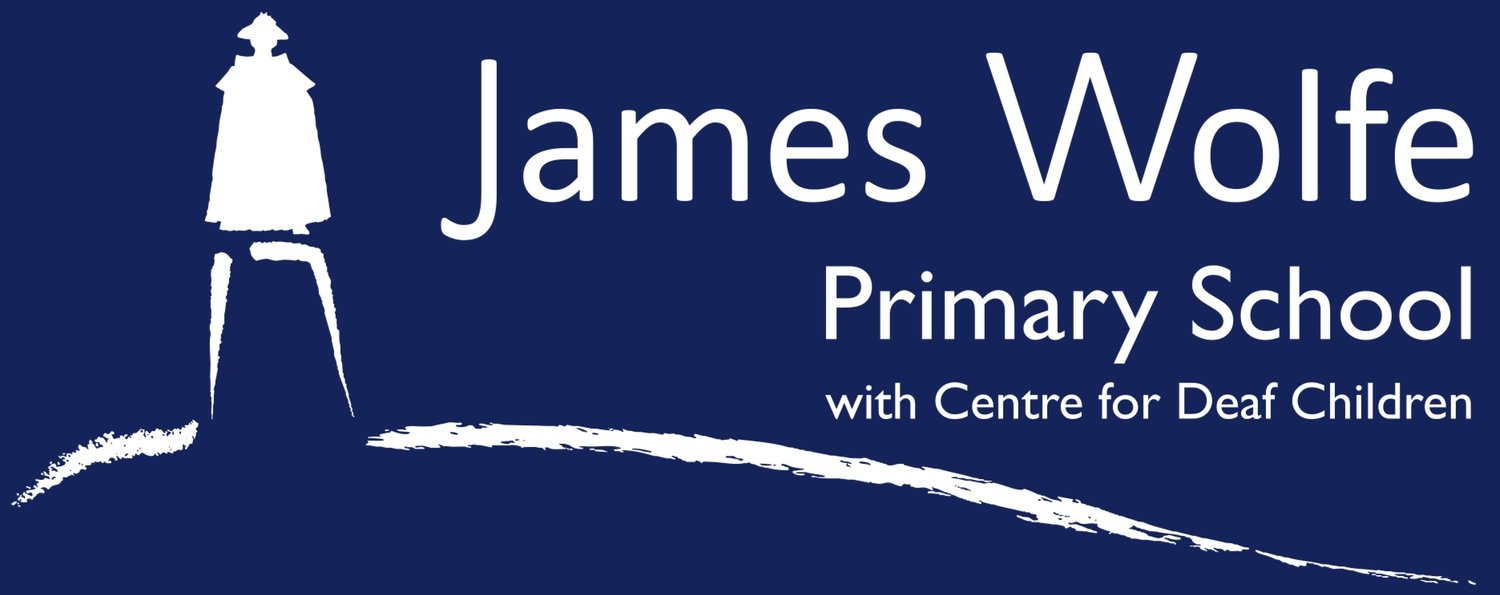Masters of Mathematics
At JWPS care is taken to plan maths lessons, which enable all children to flourish. We are committed to ensuring that children are able to recognise the importance of Maths in the wider world and that they are able to use their mathematical skills and knowledge confidently in their lives, in a range of different contexts and in the wider community.
Masters of 5 - Reception
In Reception, children have been subitising to 5. This is an essential part of developing number sense, which underpins a child’s ability to understand the additive structure. Here, a child used a 5 frame to understand that there must be 4, if one is missing and that the bottom one is 5, because it was full. When taking a counter from the bottom frame, she recognised and described the frames as ‘equal.’
10 Frames, 20 Bonds - Year 2
In Year 2, children built on their understanding of the additive structure by comparing and ordering numbers up to 100 and practising number bonds within 20. Using number lines and 10 frames, they recognised patterns in place value and saw how numbers combine. This helped them become fluent in number bonds and related facts, enabling them to confidently use symbols like <, >, and = to compare numbers and solve addition and subtraction problems.
Part Whole Models - Year 4
In Year 4, children extended their understanding of the additive structure by adding and subtracting numbers up to 1,000. They drew upon their knowledge of part-part-whole models and bar models in order to identify the correct operation needed to be used in multi step and missing number problems. They are better able to refer back to known facts such as Number bonds to 10, doubles and near doubles in order to efficiently carry out their calculations.
Solving up to 10,000 - Year 6
In Year 6, children have applied their understanding of the additive structure to efficiently solve problems up to 10,000. They focussed on understanding the representations that best support the interpretation of a problem. They have then looked at how efficiently they can answer the question - eg adjustment, redistribution, estimation etc. ONLY when necessary, have they used written methods.




